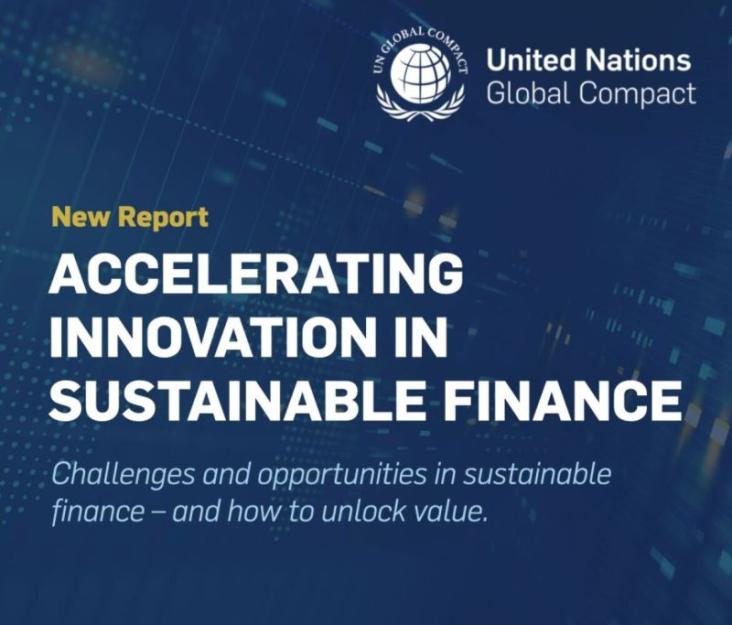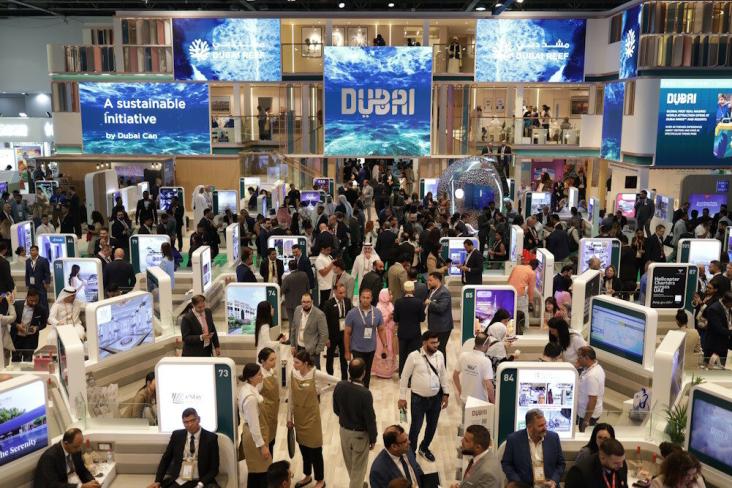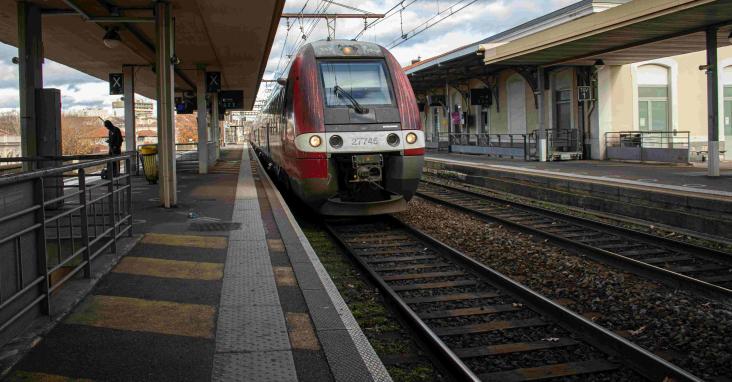
The UNGC's latest report on “Accelerating Innovation in Sustainable Finance” offers models for businesses on how to deliver financial returns and positive global impact – together.
This chapter aligns with SDGs 7, 11, and 13, by introducing solar chimney power plants as a clean energy solution, and their role in supporting sustainable communities and climate.

SDGs have been added on Scopus' author profile pages, appearing under the rebranded “Impact” section.
Agnes C. de Jesus, 18 - Environmental and Sociocultural Benefits and Challenges Associated with Geothermal Power Generation, Editors: Ronald DiPippo, Luis C.A. Gutiérrez-Negrín, Andrew Chiasson, Geothermal Power Generation: Developments and Innovation (Second Edition), Elsevier Science Ltd (Woodhead Publishing Series in Energy), 2025, Pages 533-570.
This chapter supports UN Sustainable Development Goals 7 (Affordable and Clean Energy), 13 (Climate Action), 9 (Industry, Innovation, and Infrastructure), and 11 (Sustainable Cities and Communities) by promoting clean and renewable energy solutions, mitigating climate change, fostering technological advancements, and contributing to sustainable urban and rural development.


